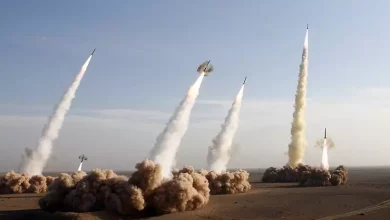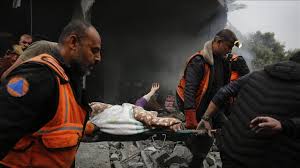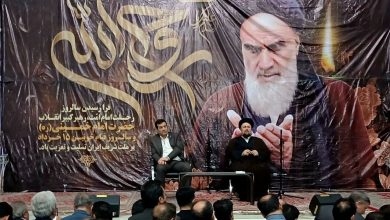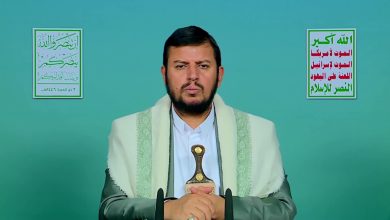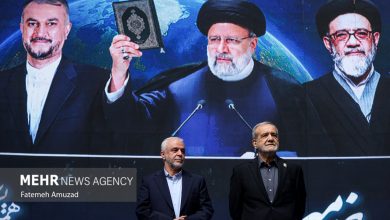Eid al-Adha symbol of self-sacrifice among Muslims
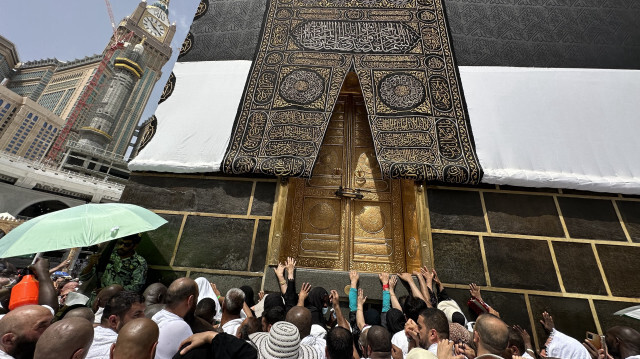
Eid al-Adha, or the Feast of Sacrifice, is a symbol of self-sacrifice among Muslims celebrated all over the world as a major holiday for a period of three to four days.
Muslims around the world begin celebrating the annual festival of Eid al-Adha – the Festival of Sacrifice – which falls on the 10th day of Dhul Hijjah, the 12th and last month of the Muslim lunar calendar.
Eid al-Adha is the second major Muslim festival after Eid al-Fitr, which marks the end of Ramadan, the month of fasting.
There are many other names for Eid al- Adha such as the big Eid as it is of 4 Days, while Eid A Fitr is only 3 days, the Sacrifice Day, the Pilgrims Day, etc…
The first day of Eid includes a prayer known as “Salat ul-Eid” which is a critical prayer to mark the beginning of the celebration. This prayer is usually held in open prayer yards called (Eid Mussala) on the morning of the first day of Eid prior to the sacrifice ceremony.
During Eid al-Adha, most Muslims attend the special prayers held at different major mosques and Islamic centers worldwide.

In Iran, the celebration begins with Muslims attending Eid prayers at local mosques and on unroofed grounds. Religious texts will be read all over the country.
Over the past years, congregational feast prayers have been carried out at Tehran University in the capital city. The venue is also used for other mass prayers in Tehran.
Families that can afford to sacrifice a ritually acceptable animal (sheep, goat, camel, or cow) do so and then divide the flesh equally among themselves, the poor, and friends and neighbors. Eid al-Adha is also a time for visiting with friends and family and for exchanging gifts.

